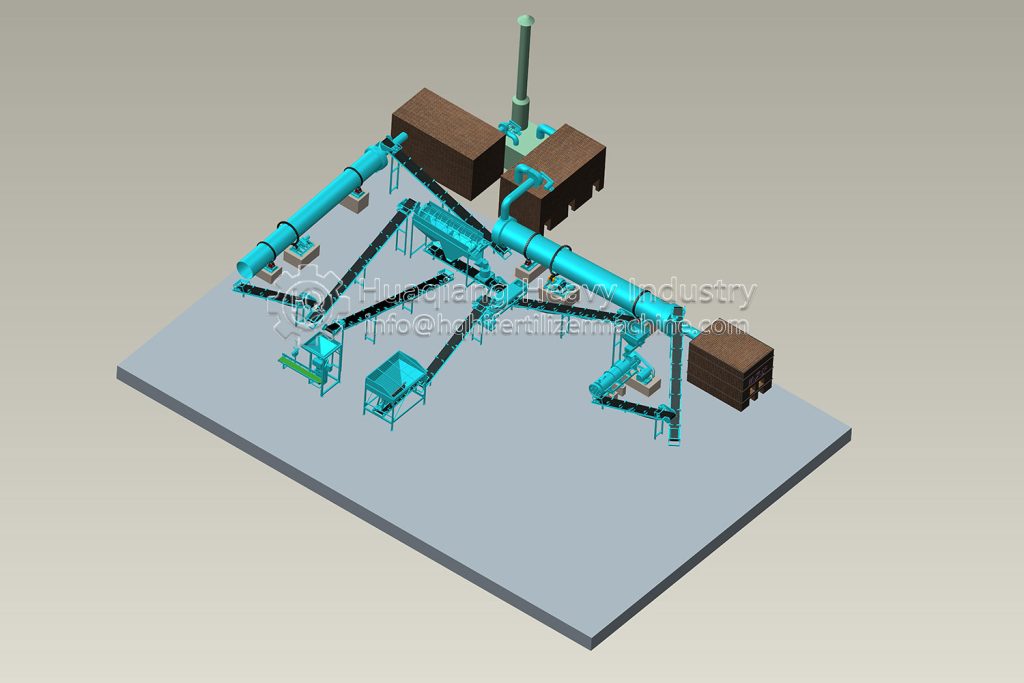A bio-organic fertilizer production line requires consistent equipment processes and standardized operations to consistently produce high-quality fertilizer. During production, five key considerations must be carefully considered, focusing on each key stage of the production line.

Raw material pretreatment is fundamental. Before feeding the bio-organic fertilizer production line, impurities such as gravel and plastic must be removed through a screening machine to prevent damage to equipment such as grinders and mixers. A crusher is then used to grind materials such as straw and mushroom residue to a particle size of 2-5 mm to ensure uniform mixing with livestock and poultry manure. The carbon-nitrogen ratio is also adjusted through online monitoring. If the carbon-nitrogen ratio deviates from 25:1-30:1, urea or straw powder can be precisely added through an automatic dosing device to ensure raw material compatibility.
The fermentation stage requires coordinated equipment and processes. When using windrow or trough fermentation equipment, the pile height should be set at 1.2-1.5 meters. Temperature sensors should be used to monitor the pile temperature in real time. When the temperature reaches 55-65°C, a turning machine should be activated to turn the pile every 3-5 days to ensure even aeration. A humidity control system should also be activated to automatically spray water if the moisture content is below 60%, and add dry materials if it exceeds 65% to prevent spoilage and bacterial inactivation.
Prevent quality loss during further processing. Before entering the pelletizer, the fermented material must pass through a dryer to reduce the moisture content to below 20% to prevent clumping during pelletizing. During pelletizing, the particle size should be controlled at 2-4 mm to avoid uneven particle size that could affect subsequent packaging and application. All processing equipment, such as the pulverizer blades and pelletizer molds, requires regular lubrication and maintenance to prevent equipment failures that could cause production interruptions or increase impurities in the fertilizer.
Quality testing must be conducted throughout the bio-organic fertilizer production line. Sampling points are set up at the raw material inlet, after fermentation, and at the finished product outlet to conduct real-time testing of the raw material’s heavy metal content, the fermentation material’s viable bacterial count, the finished product’s organic matter content (≥30%), and its pH value (5.5-8.5). This ensures compliance with GB/T 20287-2006 standards at each stage and prevents unqualified materials from flowing into the next stage.
The packaging and storage stages ensure the final activity of the fertilizer. At the end of the production line, the fertilizer is packaged using an automatic packaging machine in breathable, moisture-proof woven bags printed with information such as the production date and viable bacterial count. After packaging, the bags are transported via conveyor belts to a ventilated warehouse, stacked no higher than 1.5 meters and away from heat sources on the production line (such as dryers). The shelf life is controlled within 6 months to ensure the fertilizer maintains high activity after leaving the factory.